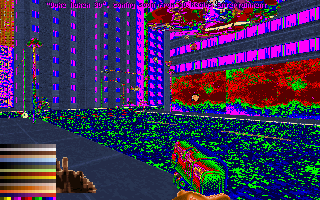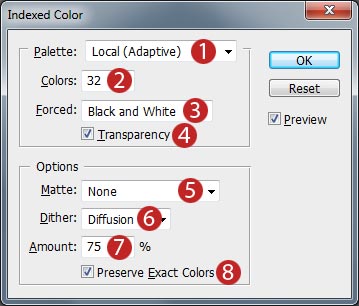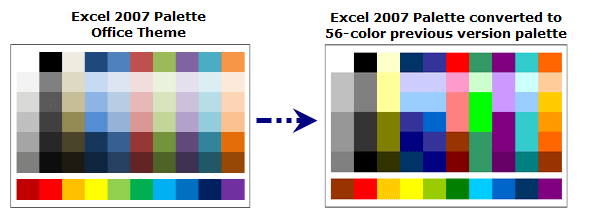

In this case, color palette containing 256 shades of gray is created. In this project, its value is set to 0 which corresponds to every color is important. Number of important colors used (4 bytes) at 0x0032.In this particular project, 256 color (shades of gray) is used. Number of colors in color palette (4 bytes) at 0x002E.Each of these are 4 bytes and can be found at 0x0026 and 0x002A respectively. Horizontal and vertical resolutions of the image (pixels per meter).Size of the raw bitmap data (4 bytes) at 0x0022.In this case, the value is set to 0 which corresponds to no compression method being used. Compression method being used (4 bytes) at 0x001E.For the case of this particular project, its value is set to 8. Number of bits per pixel (2 bytes) at 0x001C.The number of color planes being used (2 bytes) at 0x001A.Height of the image in pixel (4 bytes) at 0x0016.Width of the image in pixel (4 bytes) at 0x0012.Size of the DIB header (4 bytes) at 0x000E.Offset at which raw bitmap data can be found (4 bytes) at 0x000A.Two 2 bytes long data, the values of which depend on the application that creates the file, at offsets 0x0006 and 0x0008.Magic Number (2 bytes) at 0x0000 offset.Bitmap file header, DIB header, color palette and raw bitmap data. To create a bitmap file, one has to create 4 different parts of the file. The color palette contains 256 shades of gray. With this class, images can be converted into a palette based 8bpp grayscale image. That's why I started working on this class.
#8bit color palette converter code#
The code used to generate the colours is based on the work of Dan Bruton.As far as I know, images cannot be converted into 8-bits per pixel grayscale bitmap images with GDI+.This demo was utilised in the paper Teaching Beer’s Law and Absorption Spectrophotometry with a Smart Phone: A Substantially Simplified Protocol by Thomas S. The above tool should been seen as more of an approximation than a rigorous resource. We can see colours which are outside of the gamut of the RGB scheme - there is no unique mapping that definitively converts a wavelength to a colour, and as such However, due to the very complex way in which the eye perceives colours,

In this model, each colour is given a value for each red, green and blues components ranging from 0 to 255, giving a total value of 16.7 million possible colours.

We can begin to build up a picture of how frequency is related to colour.Ī frequent way of referring to colour on computer screens is by using the RGB system. The lasers in your Blu-ray player emit at 405nm, which as the name suggests, is blue. Helium-neon lasers emit at 632.8nm, which is a bright red.

However, a laser for example, emits only at a single very specific frequency. Sunlight appears white to us because it emits almost uniformly over all visible frequencies. Higher frequency radiation, such as x-rays are absorbed by the atmosphere, as are lower frequencies, such as microwaves. The particular range of wavelengths coincides with a window in the Earth's atmosphere, through which this light can travel. Over the course of millions of years, the human eye has evolved to detect light in the range 380-780nm,Ī portion of the electromagnetic spectrum known as visible light, which we perceive as colour.


 0 kommentar(er)
0 kommentar(er)
